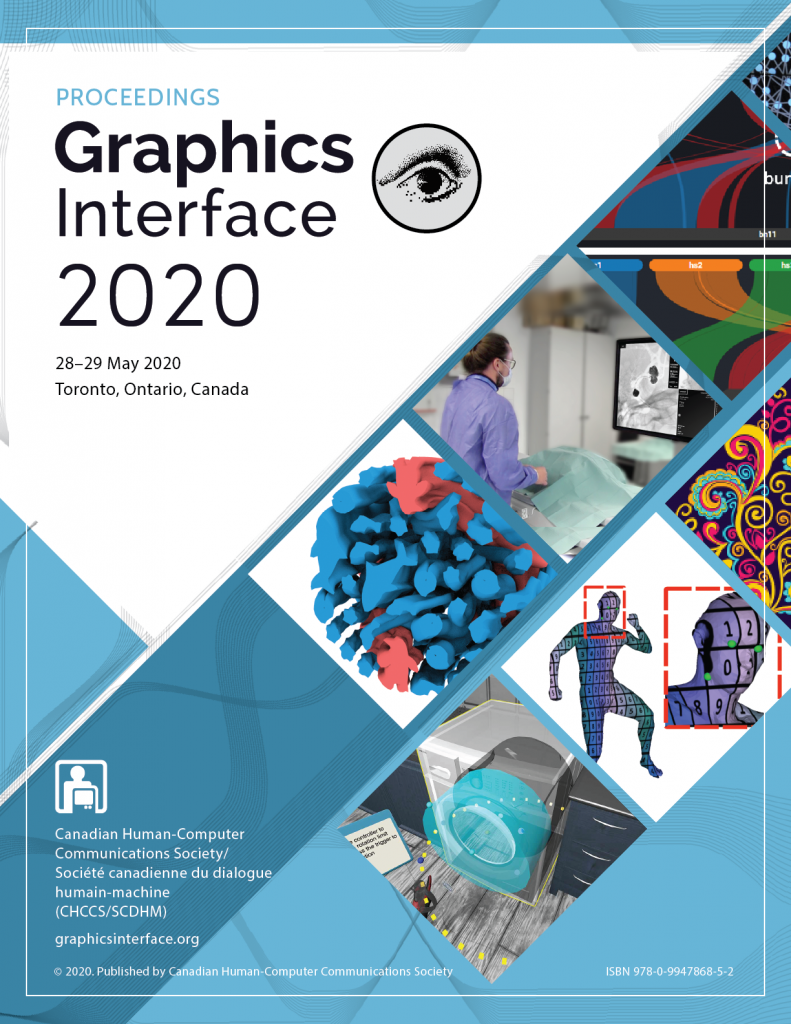Video
BibTex
@inproceedings{Raina:2020:10.20380/GI2020.35,
author = {Raina, Prashant and Popa, Tiberiu and Mudur, Sudhir},
title = {Fine Feature Reconstruction in Point Clouds by Adversarial Domain Translation},
booktitle = {Proceedings of Graphics Interface 2020},
series = {GI 2020},
year = {2020},
isbn = {978-0-9947868-5-2},
location = {University of Toronto},
pages = {349 -- 361},
numpages = {13},
doi = {10.20380/GI2020.35},
publisher = {Canadian Human-Computer Communications Society / Société canadienne du dialogue humain-machine},
}
Abstract
Point cloud neighborhoods are unstructured and often lacking in fine details, particularly when the original surface is sparsely sampled. This has motivated the development of methods for reconstructing these fine geometric features before the point cloud is converted into a mesh, usually by some form of upsampling of the point cloud. We present a novel data-driven approach to reconstructing fine details of the underlying surfaces of point clouds at the local neighborhood level, along with normals and locations of edges. This is achieved by an innovative application of recent advances in domain translation using GANs. We "translate" local neighborhoods between two domains: point cloud neighborhoods and triangular mesh neighborhoods. This allows us to obtain some of the benefits of meshes at training time, while still dealing with point clouds at the time of evaluation. By resampling the translated neighborhood, we can obtain a denser point cloud equipped with normals that allows the underlying surface to be easily reconstructed as a mesh. Our reconstructed meshes preserve fine details of the original surface better than the state of the art in point cloud upsampling techniques, even at different input resolutions. In addition, the trained GAN can generalize to operate on low resolution point clouds even without being explicitly trained on low-resolution data. We also give an example demonstrating that the same domain translation approach we use for reconstructing local neighborhood geometry can also be used to estimate a scalar field at the newly generated points, thus reducing the need for expensive recomputation of the scalar field on the dense point cloud.





















































